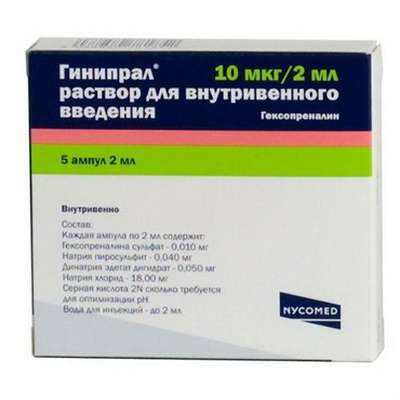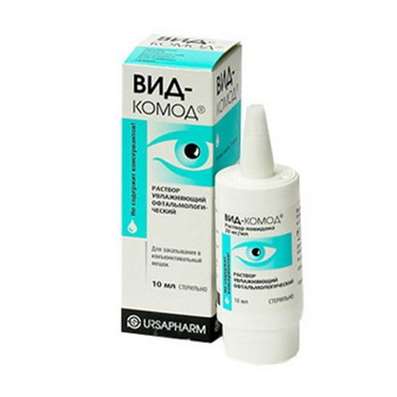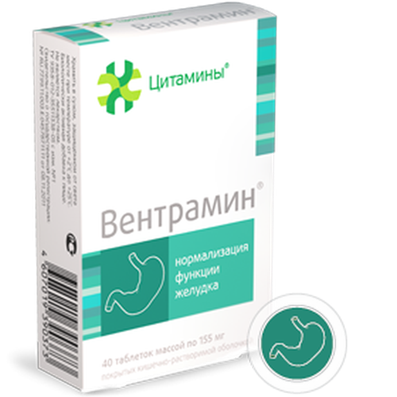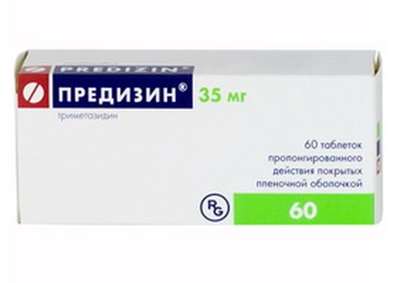Instruction for use: Ultracain
I want this, give me price
Dosage form: solution for injection
Active substance: Articaine
ATX
N01BB08 Articaine
Pharmacological group:
Local irritants
The nosological classification (ICD-10)
F52 Sexual dysfunction not caused by organic disorders or diseases: Reducing sexual desire; Maintaining the sexual activity of men and women;Sexual weakness in elderly men; Functional disorders of the sexual sphere in men; Sexual weakness; Disorders of libido; Disorders of potency; Sexual disorders in men
Z100.0 * Anesthesiology and premedication: Abdominal surgery; Adenomectomy; Amputation; Angioplasty of the coronary arteries; Carotid artery angioplasty; Antiseptic treatment of skin in wounds; Antiseptic treatment of hands; Appendectomy; Atheroctomy; Balloon coronary angioplasty; Vaginal hysterectomy; Venous bypass; Interventions on the vagina and cervix; Interventions on the bladder; Interference in the oral cavity; Reconstructive-reconstructive operations; Hand hygiene of medical personnel; Gynecological Surgery; Gynecological interventions; Gynecological operations; Hypovolemic shock during surgery; Disinfection of purulent wounds; Disinfection of the edges of wounds; Diagnostic Interventions; Diagnostic procedures; Diathermocoagulation of the cervix; Long-term surgeries; Replacement of fistulous catheters; Infection in orthopedic surgical interventions; Artificial heart valve; Kistectomy; Short-term outpatient surgery; Short-term operations; Short-term surgical procedures; Cryotyreotomy; Blood loss during surgical interventions; Bleeding during surgery and in the postoperative period; Laser coagulation Laserocoagulation; Laser retinopathy of the retina; Laparoscopy; Laparoscopy in gynecology; Likvornaya fistula; Small gynecological operations; Small surgical interventions; Mastectomy and subsequent plastic surgery; Mediastinotomy; Microsurgical operations on the ear; Mukinging operations; Suturing; Minor surgery; Neurosurgical operation; Eclipse of the eyeball in ophthalmic surgery; Orchiectomy; Pancreatectomy; Pericardectomy; The rehabilitation period after surgical operations; Reconvalence after surgical intervention; Percutaneous transluminal coronary angioplasty; Pleural Thoracocentesis; Pneumonia postoperative and post traumatic; Preparing for surgical procedures; Preparing for a surgical operation; Preparation of the surgeon's arms before surgery; Preparation of the colon for surgical interventions; Postoperative aspiration pneumonia in neurosurgical and thoracic operations; Postoperative nausea; Postoperative hemorrhage; Postoperative granuloma; Postoperative shock; Early postoperative period; Myocardial revascularization; Resection of the apex of the tooth root; Resection of the stomach; Bowel resection; Resection of the uterus; Liver resection; Small bowel resection; Resection of a part of the stomach; Reocclusion of the operated vessel; Gluing of tissues during surgical interventions; Suture removal; Condition after eye surgery; Condition after surgery in the nasal cavity; Condition after gastrectomy; Condition after resection of the small intestine; Condition after tonsillectomy; Condition after removal of duodenum; Condition after phlebectomy; Vascular Surgery; Splenectomy; Sterilization of surgical instrument; Sterilization of surgical instruments; Sternotomy; Dental surgery; Dental intervention on periodontal tissues; Strumectomy; Tonsillectomy; Thoracic surgery; Total gastrectomy; Transdermal intravascular coronary angioplasty; Transurethral resection; Turbinectomy; Removal of a tooth; Cataract removal; Removing Cysts; Removal of tonsils; Removal of myoma; Removal of mobile milk teeth; Removal of polyps; Removal of a broken tooth; Removal of the uterus; Removal of seams; Urethrotomy; Fistula of the luminal ducts; Frontoetmoidogamotomy; Surgical infection; Surgical treatment of chronic ulcers of extremities; Surgery; Surgery in the anus; Surgery on the large intestine; Surgical practice; Surgical procedure; Surgical interventions; Surgical interventions on the digestive tract; Surgical interventions on the urinary tract; Surgical interventions on the urinary system; Surgical interventions on the genitourinary system; Surgical intervention on the heart; Surgical procedures; Surgical operations; Surgical operations on veins; Surgical intervention; Vascular Surgery; Surgical treatment of thromboses; Cholecystectomy; Partial resection of the stomach; Extraperitoneal hysterectomy; Percutaneous transluminal coronary angioplasty; Percutaneous transluminal angioplasty; Coronary artery bypass grafting; Extirpation of the tooth; Extirpation of infant teeth; Extirpation of pulp; Extracorporeal circulation; Extraction of the tooth; Extraction of teeth; Extraction of cataracts; Electrocoagulation; Endourological interventions; Episiotomy; Ethmoidotomy; Complications after tooth extraction
Composition and release form
1 ml solution for injection contains articaine hydrochloride 10 or 20 mg; in ampoules of 5 and 20 ml, in a box of 5 pcs.
Pharmacological group:
Mode of action - local anesthetic.
It blocks the depolarization of the membrane of the nerve end and prevents perception of irritation and conduction of a nerve impulse.
Pharmacokinetics
Cmax - 20-40 minutes after the administration. T1 / 2 - 39 ± 3.1 min. Quickly removed from the tissues. Completely metabolized in the liver, excreted mainly by the kidneys (54-63% for 6 hours).
Clinical Pharmacology
The duration of anesthesia is 60-225 min.
Indications of the drug Ultracain
Infiltration and conductive anesthesia (for surgical and diagnostic interventions, analgesia in obstetrics, treatment of pain syndromes).
Contraindications
Hypersensitivity.
Application in pregnancy and lactation
It is permissible.
Side effects
Allergic reactions: redness of the skin, itching, conjunctivitis, rhinitis, Quincke's edema, hives, difficulty breathing until anaphylactic shock.
Dosing and Administration
The route of administration depends on the type of anesthesia performed. The dose is set individually, taking into account the severity and duration of the surgery. A single maximum dose is 5-6 mg / kg of body weight.
Infiltration anesthesia: tonsillectomy - 5-10 ml (1-2%) in each amygdala, correcting the fractures, suturing the perineum - 5-15 ml (1%), 5-10 ml (2%).
Conduction anesthesia: anesthesia according to Oberst - 2-4 ml (1-2%), retrobulbar anesthesia - 1-2 ml (1-2%), blockade of the trigeminal nerve - 1-5 ml (1-2%), blockade of the stellate node - 5-10 ml (1-2%), blockade of the brachial plexus - 10-30 ml (1%), 10-15 ml (2%), intercostal anesthesia - 2-4 ml (1-2%) for each segment , paravertebral anesthesia, blockade of the border trunk - 5-10 ml (1-2%), blockade of the external genital organs - 7-10 ml (1-2%) on each side, paracervical blockade - 6-10 ml (1%), 5-8 ml (2%).
Epidural anesthesia: peri- and epidural anesthesia, sacral anesthesia - 10-30 ml (1%), 10-15 ml (2%).
Overdose
Symptoms: impaired consciousness, right up to its loss; changes in breathing, it is possible to stop it; muscular tremor, muscle twitching, generalized seizures, nausea, vomiting, falling blood pressure, shock, cardiac arrest.
Treatment: immediate discontinuation of injection and transfer of the patient to a horizontal position, ensuring airway patency; it is necessary to carefully monitor the parameters of hemodynamics (pulse, blood pressure). Depending on the degree of breathing disorder: oxygen, artificial respiration ("mouth to nose") or endotracheal intubation with controlled ventilation of the lungs. The use of analeptic drugs of central action is contraindicated. With involuntary muscular twitches or generalized convulsions - in / in barbiturates of short or ultrashort action. In the case of severe circulatory disturbances and shock - in / in balanced electrolyte and plasma-substituting solutions and glucocorticoids (Urbazon). With a threatening vascular collapse and an increasing bradycardia, an intravenous solution of 0.25-1 ml containing 0.1 mg / ml adrenaline (slowly, under the control of the pulse and blood pressure, not more than 1 ml of solution per time). Severe forms of tachyarrhythmia and tachycardia can be eliminated by the use of antiarrhythmic drugs. With an increase in blood pressure in patients with arterial hypertension, peripheral vasodilators should be used.
Precautionary measures
You can not enter SC. In patients with cholinesterase deficiency should be used only for emergency indications. Care must be taken when driving vehicles or working with machines after using Ultracaine.
Conditions for storing Ultracain
At a temperature of no higher than 25 ° C.
Keep out of the reach of children.
Shelf life of Ultracain
5 years.
Do not use after the expiry date printed on the package.

 Cart
Cart





